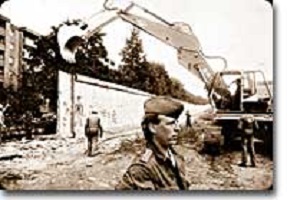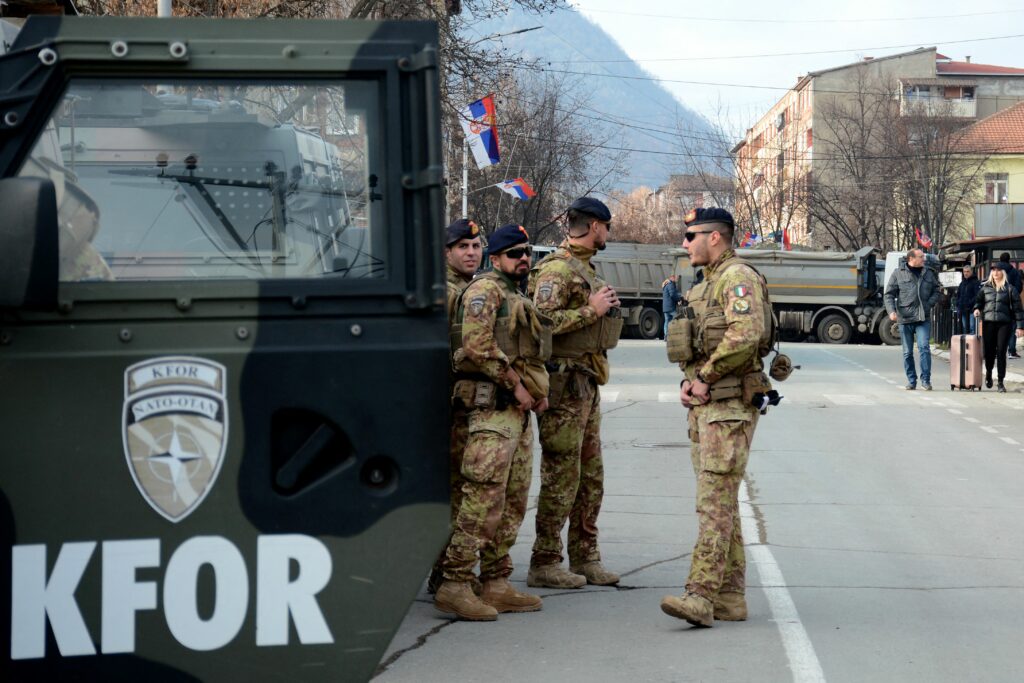The war between the United States and Russia during the Cold War period is commonly known as the Cold War. The relationship between the US and Russia today has evolved, but tensions and conflicts persist.
Historical Background Of American Russia War
| Historical Background of American Russia War |
| Russia’s support for the Union during the American Civil War |
| Geopolitical rivalry between the U.S. and Russia |
| Timeline of relations between the U.S. and Russia |
The American Russia War, also known as the Cold War, was a period of geopolitical tension between the United States and the Soviet Union. During the American Civil War, Russia supported the Union, viewing the U.S. as a counterbalance to its geopolitical rival. This support played a significant role in shaping the historical background of the American Russia War.
The geopolitical rivalry between the U.S. and Russia further intensified the tensions during this period. Both countries had opposing ideologies and sought to expand their influence globally. This rivalry led to proxy wars and military standoffs, creating a tense atmosphere between the two nations.
The timeline of relations between the U.S. and Russia is marked by various events and negotiations. From the start of the Cold War in 1945 until its end in 1991, there were constant fluctuations in their relationship, ranging from periods of détente to heightened tensions.
In conclusion, the historical background of the American Russia War was shaped by Russia’s support for the Union during the American Civil War, the geopolitical rivalry between the U.S. and Russia, and the timeline of relations between the two nations.
Cold War: Geopolitical Tension Between The U.s. And Russia
The Cold War, a period of geopolitical tension, characterized the American Russia War between the United States and Russia. It was defined by proxy wars and opposing ideologies, shaping the global landscape for decades.
| American Russia War |
| Cold War: Geopolitical Tension between the U.S. and Russia |
| Definition and overview of the Cold War |
| The Cold War was a period of geopolitical tension between the United States and the Soviet Union and their respective allies, the Western Bloc and the Soviet Union’s allies. It was referred to as the “cold” war because there was no large-scale fighting directly between the two superpowers. However, they each supported opposing sides in major regional conflicts known as proxy wars. The Cold War lasted from 1947 to 1991, and it was characterized by political, economic, and military rivalry between the United States and the Soviet Union. The conflict was driven by ideological differences, with the United States representing capitalism and democracy, while the Soviet Union espoused communism and authoritarianism. Some of the major proxy wars during the Cold War included the Korean War, Vietnam War, and Afghan War. These conflicts were fought between the United States and its allies against the Soviet Union and its allies, often through the support of local factions. Today, the relationship between the United States and Russia continues to be complex, with both countries having strategic interests and disagreements on various issues. While war between the two nations is neither inevitable nor imminent, their geopolitical rivalry remains a significant factor in international politics. |
The Impact Of American Russia War: Then And Now
American Russia War, also known as the Cold War, was a period of geopolitical tension between the United States and the Soviet Union, and their respective allies. The consequences of this war continue to have a significant impact on global politics today.
During the Cold War, both nations engaged in a proxy war strategy, supporting opposing sides in major regional conflicts. Although there was no large-scale fighting directly between the two superpowers, their involvement in these conflicts further escalated the tensions.
Today, the current state of U.S.-Russia relations remains complex. While efforts have been made to improve diplomatic ties, challenges persist, and there is a potential for future conflicts. The United States recognizes the need to maintain a cautious approach when it comes to dealing with Russia.
If a war were to occur between the U.S. and Russia, the potential consequences would be severe and far-reaching. Both countries possess significant military capabilities that could pose a threat to national security. However, it is important to note that war is neither inevitable nor imminent, and diplomatic efforts are ongoing to prevent such a situation.

Credit: www.ushistory.org
Frequently Asked Questions Of American Russia War
What Was The War Between Russia And The Us Called?
The war between Russia and the US was called the Cold War, marked by geopolitical tension and proxy wars.
What Was The War Between Russia And The Us Called?
The war between Russia and the US was called the Cold War. It was characterized by geopolitical tension and rivalry without direct large-scale fighting between the two superpowers. Instead, they supported opposing sides in regional conflicts known as proxy wars.
Who Won The Cold War?
The Cold War didn’t have a winner in the traditional sense. It ended with the collapse of the Soviet Union in 1991, leading to the dissolution of the Eastern Bloc. The United States emerged as the dominant superpower, but it’s important to note that the Cold War was not a military conflict with a clear victor.
What Is The Relationship Between The Us And Russia Today?
The relationship between the US and Russia today is complex and characterized by geopolitical competition, disagreements, and occasional cooperation. It involves various aspects such as politics, economics, security, and global influence. The two countries have overlapping interests and conflicts, shaping their dynamic relationship.
Conclusion
To understand the complex dynamics of the American-Russia war, it is important to consider the historical context and the evolving relationship between these two global powers. The Cold War was a period of tense rivalry between the United States and the Soviet Union, with both sides supporting opposing factions in regional conflicts.
Despite the absence of direct large-scale fighting, the repercussions of this ideological struggle were felt worldwide. Today, while the threat of a full-scale war between Russia and the US is not inevitable, it is crucial for both nations to navigate their relationship carefully in order to maintain global stability and security.

